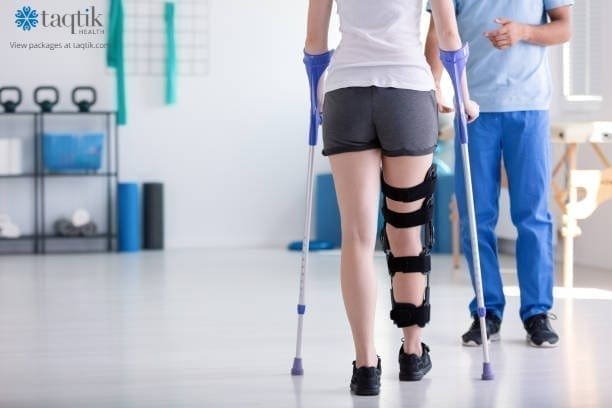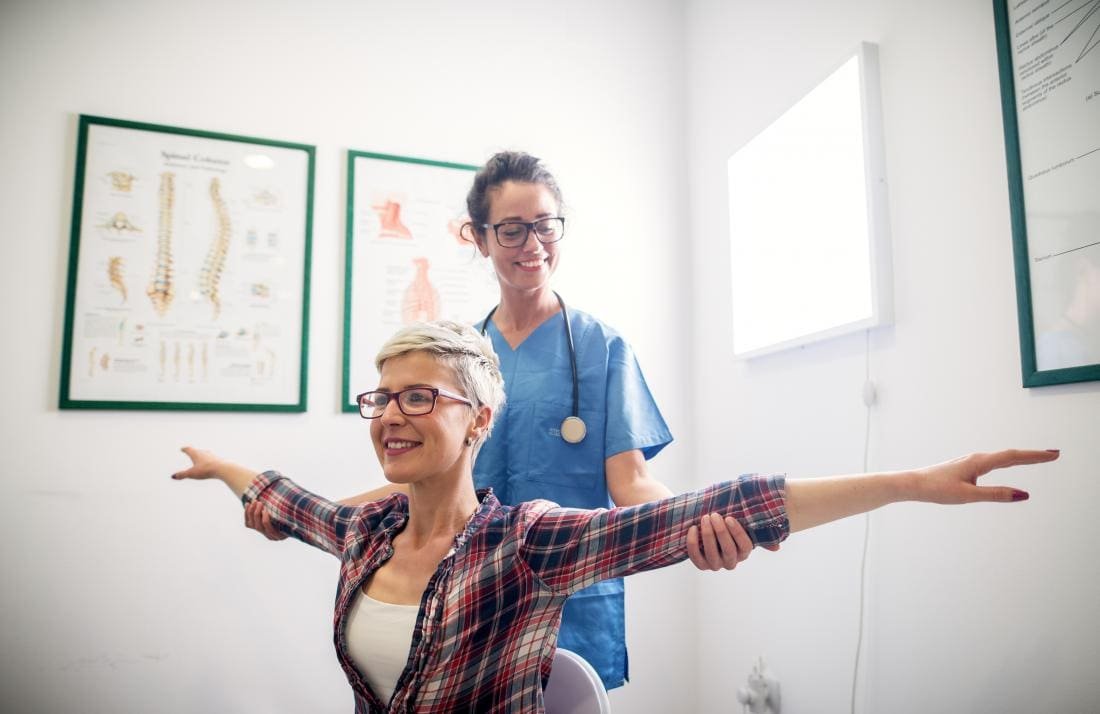
What to know about MCL tears
Recovery usually means being able to walk without limping or move the knee completely without pain. Construct up to regular movement and normal exercise levels gradually to help prevent a further injury.
A person may get advice to support the knee with a brace or do strengthening exercises. With therapy, even a serious MCL injury should heal in a month or two. Protect the MCL while it is healing to prevent further injury and accelerate recovery time. A knee brace can help to prevent any sideways movement of the knee joint and protect the MCL from strain and pressure.
The medial collateral ligament (MCL) connects the bones in the thigh and lower leg. The MCL runs along the inside of the knee, while the lateral collateral ligament (LCL) runs along the outside of the knee. Together, these two ligaments, along with others, help to keep the knee in place.
After an MCL tear, taking enough time to recuperate can prevent another injury.
Taking immediate action to ice and rest the knee following an MCL tear can encourage healing. Returning to physical activity too soon can increase the chance of further damage.
Overview
This causes pain in these areas of the knee. It may take longer for an injury to heal if a person damages multiple ligaments. Ligaments consist of strong connective tissue. A sprain stretches the ligament, which may become loose after a serious injury. A tear is a more severe injury that splits the ligament in two. Whenever someone tears the MCL, it might not hold the knee in place as securely.
A doctor may compare one knee with the other, look closely at the injured knee, and gently feel for any swelling as well as the location of the tenderness.
A doctor will usually ask about the activity that led to the injury; for instance, a collision with another player in a contact sport. They will likely ask about any symptoms.
Remedy
When an MCL tear is severe, a doctor may recommend a person use crutches to avoid putting weight on the knee joint. A doctor or physical therapist will have the ability to advise on when to return to normal activities. They may recommend wearing a knee brace to support the joint and ligaments after an MCL tear.
A torn MCL can affect the stability of the knee. A person may feel like their knee might give way or their kneecap feels loose. Resting the knee following an MCL tear can help accelerate healing. People should avoid contact sports and movement that puts too much strain on the MCL until the injury heals fully. This can help to prevent further damage.
Recovery is different for each person and will depend on how severe the MCL tear is. According to the American Physical Therapy Association (APTA), it might take two weeks for a minor injury to the MCL to heal. A more severe tear could take 2 months or longer. MCL injuries often happen during contact sports. Direct contact to the outside of the knee in a collision can push the knee. This puts a good deal of pressure on the MCL, which may tear. Contracting the muscle while running and turning can also place enough stress on the ligament to sprain or tear it.
Recovery
Many MCL injuries occur during contact sports. This type of injury can also happen after an accident, when twisting or turning the knee or through an activity, such as skiing, that places strain on the knees.
Wearing well-fitting shoes and proper protection during sports can help to reduce the chance of injury. APTA offer tips on the best way best to minimize knee injuries during ski, including remaining within ability limits and maintaining balance during the snowplow position. A doctor might carry out further imaging tests to confirm the diagnosis. An MRI scan gives a picture of soft tissues in the body and may demonstrate a tear in the MCL. An X-ray can provide more information if a doctor suspects a broken bone in or around the knee.
A physical therapist will have the ability to advise on strengthening exercises to assist recovery after an MCL tear. Some possible exercises may include:
Avoiding these situations is not always possible but warming up and maintaining the muscles around the knees powerful can help to prevent an MCL tear. If ligaments and muscles are strong and flexible, they may be more likely to stretch rather than tear.
The knee may feel stiff, and someone may have difficulty straightening their leg or bending their knee. They might also find climbing the stairs or sitting in a seat challenging as it requires them to bend their knee.
- Stand up straight, engaging the stomach muscles.
- Stand on one leg and bend the knee by bringing up the heels toward the buttocks.
- Hold for 30 seconds before repeating on the other side of the body.
- A person could hold on to a chair or table for assistance if needed.











Leave a Comment
(0 Comments)